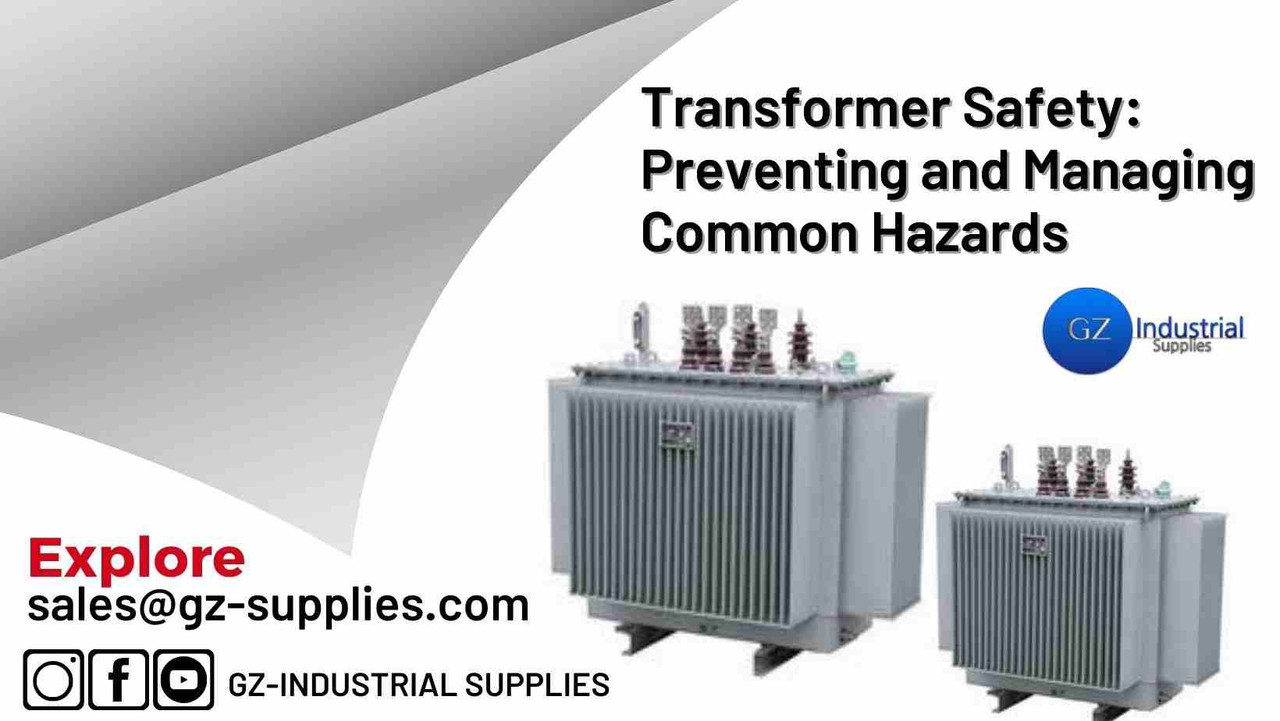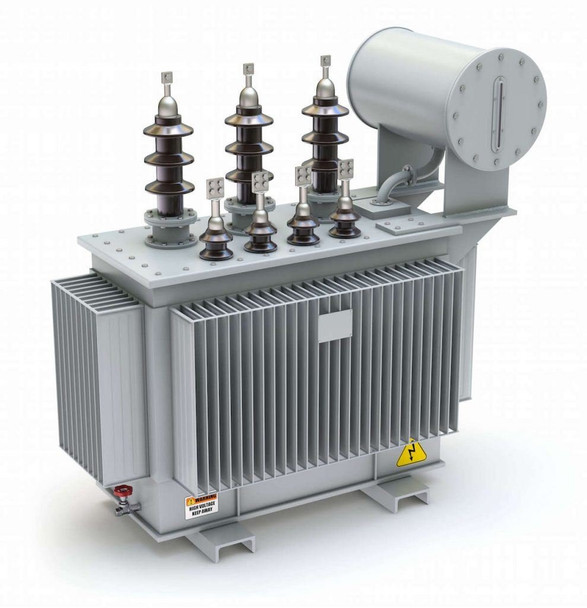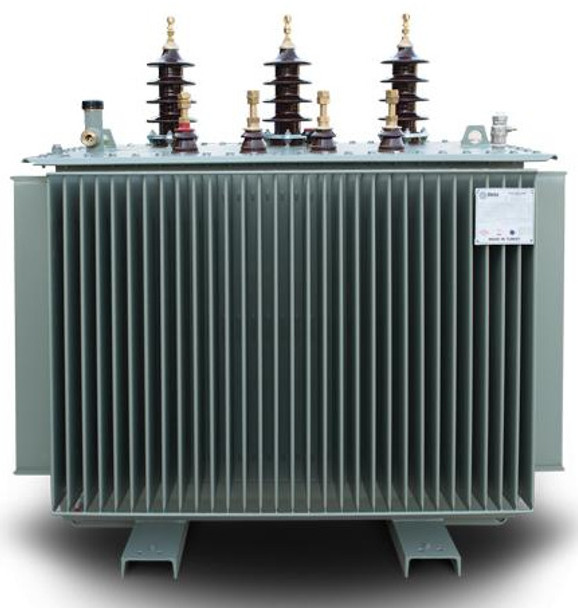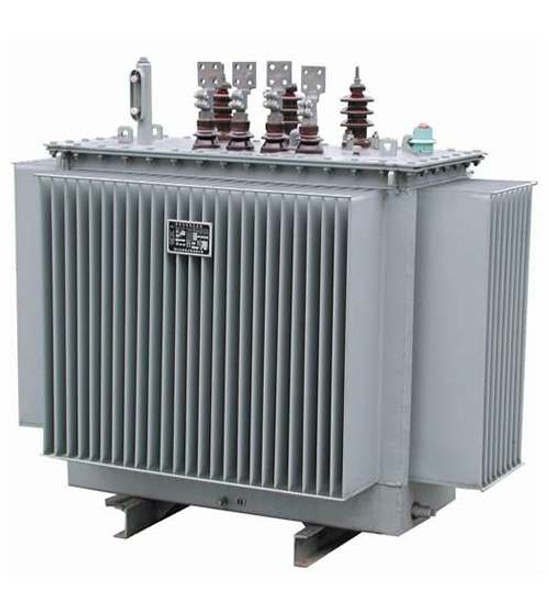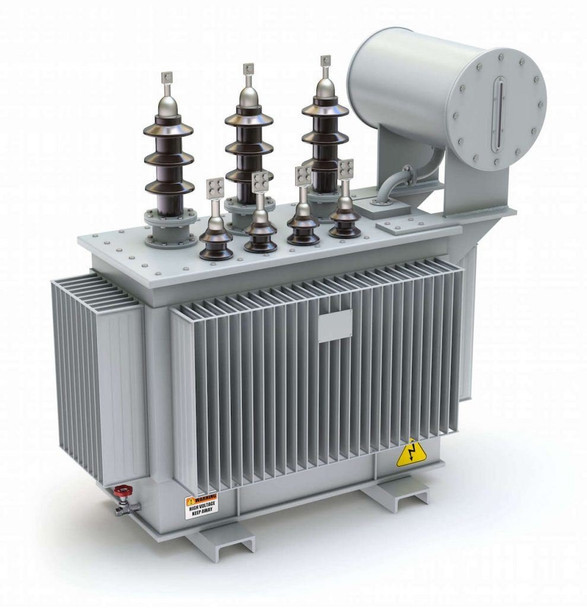Transformer Safety: Preventing and Managing Common Hazards
Transformers are critical components in the electrical distribution system, handling high voltages and currents that can pose serious hazards if not properly managed. The importance of transformer safety cannot be overstated, as mishandling can lead to severe injuries, fatalities, and significant property damage. Ensuring the safety of those who work with or around transformers and maintaining operational integrity is paramount for any facility.
One critical transformer safety tip for preventing and managing common hazards involves regularly scheduled maintenance and thorough inspections. Ensuring that transformers are properly maintained is essential to prevent potential failures that could lead to serious accidents, such as electrical shocks, fires, or explosions. Regular maintenance checks should include inspecting and testing transformer components like bushings and tap changers, checking oil levels and quality in oil-filled transformers, and ensuring that cooling systems are functioning correctly. These inspections help identify wear and tear or degradation early, which can be addressed before they lead to larger issues. It's also vital to keep maintenance records meticulously up-to-date to track the transformer’s health over time and to establish a reliable maintenance history that can inform future inspections and servicing schedules. By prioritizing preventive maintenance, facilities can significantly reduce the risk of transformer-related hazards and ensure a safe operating environment.
This article will cover safety measures for both indoor and outdoor transformers used in a variety of settings, including industrial plants, commercial buildings, and utility facilities. The target audience includes facility managers, safety officers, maintenance personnel, and anyone involved in the operation or oversight of transformers.
 Power Transformer 100KVA 33/0.415KV
Power Transformer 100KVA 33/0.415KV
Learn more: The Best Transformer prices in Nigeria
Understanding Transformer Hazards
1. Electrical Shock and Electrocution
One of the most direct risks associated with transformers is electrical shock or electrocution, which can occur if someone comes into contact with live parts of the transformer. These incidents can result in severe injuries or death, highlighting the need for strict adherence to safety protocols and protective measures.
2. Fire and Explosion Risks
Transformers can also pose fire and explosion risks, particularly if they are overloaded or if there is a failure in the electrical insulation. Such incidents not only threaten human safety but can also lead to prolonged power outages and substantial economic losses due to downtime and equipment damage.
3. Chemical Hazards
Some transformers, especially older models, may contain polychlorinated biphenyls (PCBs), which are toxic chemicals that can pose serious health risks if released into the environment or come into contact with personnel. Managing these substances carefully and in compliance with environmental standards is crucial for minimizing health risks.
 Astor Power Transformer 100KVA 33/400KV
Astor Power Transformer 100KVA 33/400KV
Safety Design Features of Transformers
1. Safety Technology in Modern Transformers
Modern transformers are equipped with various technologies designed to enhance safety. These include fault interrupters that automatically cut off power when a fault is detected, helping to prevent more severe accidents. Additionally, newer transformers may use fire-resistant insulating fluids that significantly reduce the risk of fire.
2. Structural Safety Features
From a structural perspective, transformers are designed with several safety features in mind. These include sturdy, tamper-proof enclosures that protect the internal components from environmental factors and unauthorized access. Grounding mechanisms are also critical, as they help safely dissipate any unintended electrical discharges, thereby protecting both the equipment and the personnel.
Implementing Effective Safety Protocols
1. Installation Safety Measures
Ensuring safety begins with proper installation. It's crucial that transformers are installed by qualified professionals according to manufacturer guidelines and local safety regulations. Site selection plays a vital role; transformers should be placed in well-ventilated areas free from flammable materials. Correct grounding practices must be adhered to, minimizing the risk of electrical shock and ensuring fault currents have a safe path to earth.
 Power Transformer ABB 200KVA 33.0/0.415KV
Power Transformer ABB 200KVA 33.0/0.415KV
2. Operational Safety Procedures
Once installed, operational safety protocols must be strictly followed to ensure transformers operate within safe parameters. This includes conducting regular performance checks to detect signs of wear or malfunction early. Employees should be trained on the proper operation of transformers, including understanding load limits to avoid overloading that can lead to overheating and potential fires.
3. Maintenance and Inspection Routines
Routine maintenance and inspections are essential for the longevity of transformers and the safety of the operations they support. These checks should include:
- Inspecting insulation for damage or wear.
- Checking oil levels and quality in oil-cooled transformers.
Testing electrical connections and components for integrity.
- Maintenance schedules should be rigorously followed and documented, with any anomalies or defects addressed promptly to prevent accidents.
Emergency Response and Accident Management
1. Developing an Emergency Plan
Every facility that uses transformers should have a comprehensive emergency plan that includes specific procedures for dealing with transformer-related incidents. This plan should be readily accessible and include clear instructions on shutting down operations, evacuating the area, and notifying emergency services.
 MEKSAN Power Transformer 200KVA 11.0/400KV
MEKSAN Power Transformer 200KVA 11.0/400KV
2. First Response to Transformer Accidents
Immediate responses to transformer incidents can greatly reduce the severity of the situation. Employees should be trained to recognize the signs of transformer failure (such as unusual noises or smells, oil leaks, or smoke) and know how to safely de-energize the system if safe to do so. Quick isolation of affected areas and activation of fire suppression systems where applicable are critical steps.
3. Incident Investigation and Reporting
After an incident, a thorough investigation should be conducted to determine the cause and to identify preventive measures to avoid future occurrences. Findings should be reported according to local regulatory requirements and used to improve future safety protocols and emergency responses.
The above sections have expanded on the necessary safety protocols, maintenance routines, and emergency procedures critical to managing transformer safety effectively. In the subsequent section, we will explore the importance of training and awareness programs, ensuring compliance with legal and regulatory frameworks, and conclude with actionable takeaways for maintaining transformer safety.
Training and Awareness Programs
1. Training for Personnel
Effective safety training is essential for all personnel involved with transformer operation and maintenance. Training programs should cover:
- Identification of hazards associated with transformers.
- Proper operational procedures to prevent overloading and other risky behaviors.
Emergency response actions specific to transformer incidents, including first aid.
- Regular refresher courses should be mandated to keep all employees up-to-date with the latest safety standards and procedures.
 ASTOR TRANSFORMERS 500KVA 33/400KV
ASTOR TRANSFORMERS 500KVA 33/400KV
2. Awareness Campaigns
Continuous awareness campaigns can help reinforce the importance of safety and ensure it remains a priority. These campaigns could include posters in the workplace, regular safety meetings, and updates on new safety regulations or technologies. Engaging employees in safety discussions can also help identify potential areas of improvement and encourage a culture of safety.
Legal and Regulatory Compliance
1. Understanding Local Regulations
It's crucial for facilities to stay compliant with all local laws and regulations regarding transformer safety. This includes national electrical codes, environmental regulations regarding hazardous substances, and workplace safety standards. Non-compliance can result in legal penalties and severe financial liabilities.
2. Certification and Standards
Using transformers that meet or exceed national and international safety standards is vital. Facilities should ensure that all transformers have the proper certifications and that these certifications are kept current. Compliance with standards like ISO and IEC can also be a benchmark for quality and safety assurance.
Frequently asked questions
1. What should I do if a transformer catches fire?
Immediately activate the emergency plan, evacuate the area, and contact fire services. Do not attempt to extinguish transformer fires with water.
2. How often should transformers be inspected?
Routine inspections should be conducted at least annually, but more frequent checks are recommended depending on the transformer’s age and operating conditions.
3. Can old transformers still be safe to use?
Yes, if they are properly maintained and routinely inspected. However, older transformers may need more frequent checks and possibly upgrades to meet current safety standards.
4. What are the most common transformer safety violations?
Common violations include inadequate maintenance, improper grounding, and failing to provide adequate training for personnel.
5. Where can I find training for my team on transformer safety?
Many industry associations, professional safety organizations, and suppliers like GZ Industrial Supplies offer training programs. Visit GZ Industrial Supplies for more information on available training and safety equipment.
Conclusion
Ensuring transformer safety is a complex but vital aspect of managing industrial operations. By following the guidelines outlined in this guide, facilities can help protect their workers, reduce downtime, and avoid costly penalties and repairs.
Facilities using transformers should prioritize safety by conducting thorough risk assessments, engaging in continual training, and adhering to strict maintenance and operational protocols. Investing in high-quality equipment and staying informed about legal and safety updates are also crucial for maintaining a safe working environment.
Contact us for the availability of Transformer within your Location

